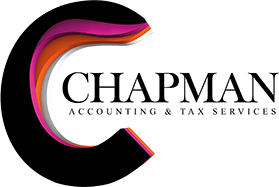Issue Number: Tax Tip 2024-37
Taxpayers could settle federal tax debt with an Offer in Compromise
When a taxpayer can’t pay their full tax debt or if paying would cause financial hardship, they should consider applying for an Offer in Compromise. For assistance filing for an OIC from a legitimate representative, taxpayers are encouraged to check for a licensed enrolled agent or a reputable accountant in their area.
How an Offer in Compromise works
This is an agreement between a taxpayer and the IRS that settles a tax debt for less than the full amount owed.
The goal is a compromise that’s in the best interest of both the taxpayer and the agency. The Offer in Compromise application includes a fee of $205 and an initial payment. Low-income taxpayers don’t have to pay either the fee or the initial payment. Taxpayers should review the instructions for Form 656-B, Offer in Compromise, to see if they meet the qualifications to have these initial costs waved.
Who’s eligible
Taxpayers can check their eligibility and prepare a preliminary proposal with the Offer in Compromise Pre-Qualifier Tool.
Review the Offer in Compromise booklet
Eligible taxpayers should download and review the latest version of the OIC booklet., to avoid processing delays. This booklet covers everything a taxpayer needs to know about submitting an Offer in Compromise including:
Eligibility.
Costs to apply.
Application process.
Forms.
Application evaluation
When reviewing applications, the IRS considers the taxpayer’s unique set of facts and special circumstances affecting their ability to pay, including their:
Income.
Expenses.
Asset equity.
Beware of Offer in Compromise mills
Offer in Compromise mills aggressively promote Offers in Compromise in misleading ways to people who clearly don’t meet the qualifications, often costing taxpayers thousands of dollars.
An Offer in Compromise mill usually makes outlandish claims about how they can settle a person’s tax debt for cheap. The promoter fees are often excessive, and eligible taxpayers pay the OIC mill to get the same deal they could have received on their own by working directly with the IRS. This takes unnecessary money out of the taxpayer’s wallet.
In addition, not every taxpayer will qualify for an OIC. Some promoters knowingly advise indebted taxpayers to file an OIC application even though the promoters know the person will not qualify, costing honest taxpayers money and time.
More information:
Choosing a Tax Professional
Directory of Federal Tax Return Preparers with Credentials and Select Qualifications

